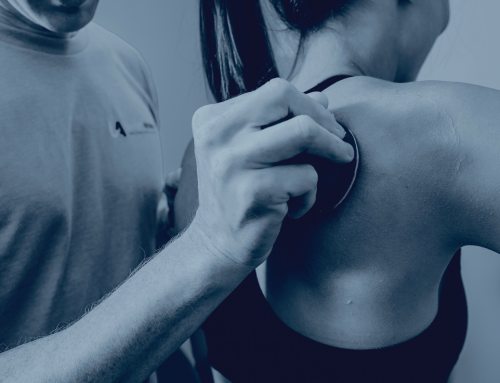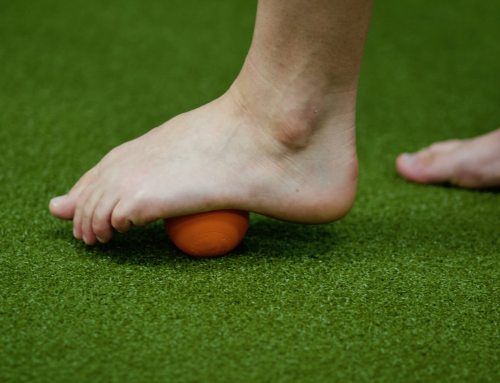By Sage Rountree
Many of us first identify ourselves as endurance athletes when we begin serious training toward a goal: a sprint triathlon, a half marathon, a century ride. Having a goal provides a lens to focus our training and a motivator to keep us on task when our commitment wavers. The goal permeates and informs the training. But once we’ve reached that goal—or if we’re prevented from achieving it, say by becoming injured in its singleminded pursuit—we sometimes feel bereft. We realize our training only shot upward toward the goal, without developing firm roots as just one part of a healthy lifestyle that supports our growth as people.
And if you are using training as a quick fix to improve your weight, your health, or your self-esteem, you need a more long-term, deeply rooted approach to these issues. Training can be a way in to the rich work of moving toward a full and healthy life; it does not replace this work.
Real fitness—a truly healthy lifestyle—consists of much more than simply training. You could have the best, most intricately plotted training plan and execute each workout to perfection, yet still fall short of your goals by ignoring elements of your life beyond your training. These elements encompass not only your recovery but also your day-to-day health, especially your approach to balancing training, work, and relationships. Your body can’t tell the difference between various types of stress. It responds to all stress in the same way. If you don’t pay attention to managing stress in all parts of your life, you aren’t living to the fullest.
The Three-Legged Stool
Work, training, and relationships comprise a three-legged stool that must be balanced if you are to have a steady platform for your life. If you put all your focus on your work, for example, your training and relationships are bound to suffer. And if you are in a period where relationships demand your attention, either for tough reasons like the illness of a family member or exciting reasons like being freshly in love, your training and your work will receive less of your energy. This is natural and, as much as possible, can be included as you plan your training. Be sure your coworkers and family members understand when you are in a particularly heavy period of training.
Most of us have times of the year when we must focus more on work. For example, do you have a busy season as you wrap up the fiscal year or semester? Tone down your training and let your family know that you will need to spend more energy doing your job during these periods. Most of us have extra family demands during the December holidays, and often again during the summer; include these in your training plan, as well. Mapping out these periodic demands will help you choose periods for more dedicated training in pursuit of a goal—and periods when you can maintain your fitness by exercising for fun and pleasure.
The Power of No
Often, stress management is as simple as learning to say no. Do less: less driving to after-school activities, less committee work, even less travel to visit your family. Question your obligations; commit only to those that really use your unique strengths and skills and bring joy into the world, either by making you happy or by making others content.
This extends beyond life stress management to training. Say you’ve been focusing on a triathlon, but you find that you really don’t like cycling, or you feel burned out on it. It’s OK to say no to cycling for now. Let it go. Instead, focus on your running over the fall and winter and get some swim lessons or meet up with a masters group. The cycling will come back in the spring, or maybe not. What’s important is that you are getting pleasure from your exercise, not doing it out of a rote sense of obligation. In this way, your training helps fill your life, not wear it down.
Balancing Yin and Yang
You’ll feel most level when your day strikes a balance between the yin and the yang. That is, you should combine calm, relaxed, passive periods (the yin) with more active, dynamic periods (the yang). For many of us, training serves as the yang before or after a long day of sitting at the steering wheel and the keyboard. But if you’ve got a very busy schedule with a lot of activity—and simple mental activity counts here, too—you need to complement that with some time spent quietly, doing gentle yoga, meditation, reflection, reading, or sitting with your family in activities that are mellow and not goal-oriented. What you do is up to you and depends on your individual tastes. But you’ve got to strike the right chord, balancing the bass notes of quiet and stability with the overtones of action. Once you do, you’ll be living a harmonious life.
# # #
Sage Rountree (sagerountree.com) is a yoga teacher, endurance sports coach, and author of The Athlete’s Guide to Yoga, among other works. She co-owns the Carrboro Yoga Company (mycyco.com).





